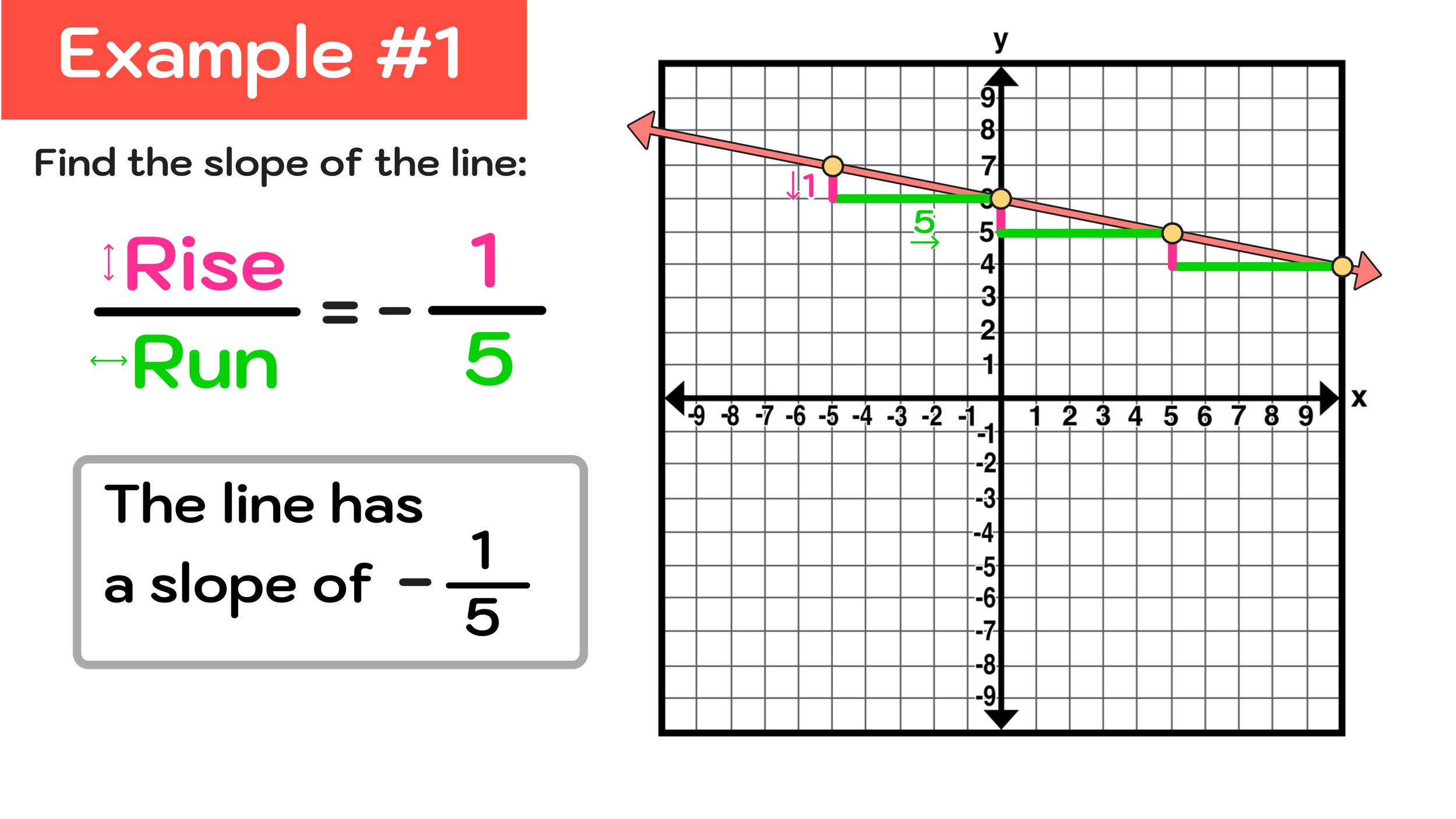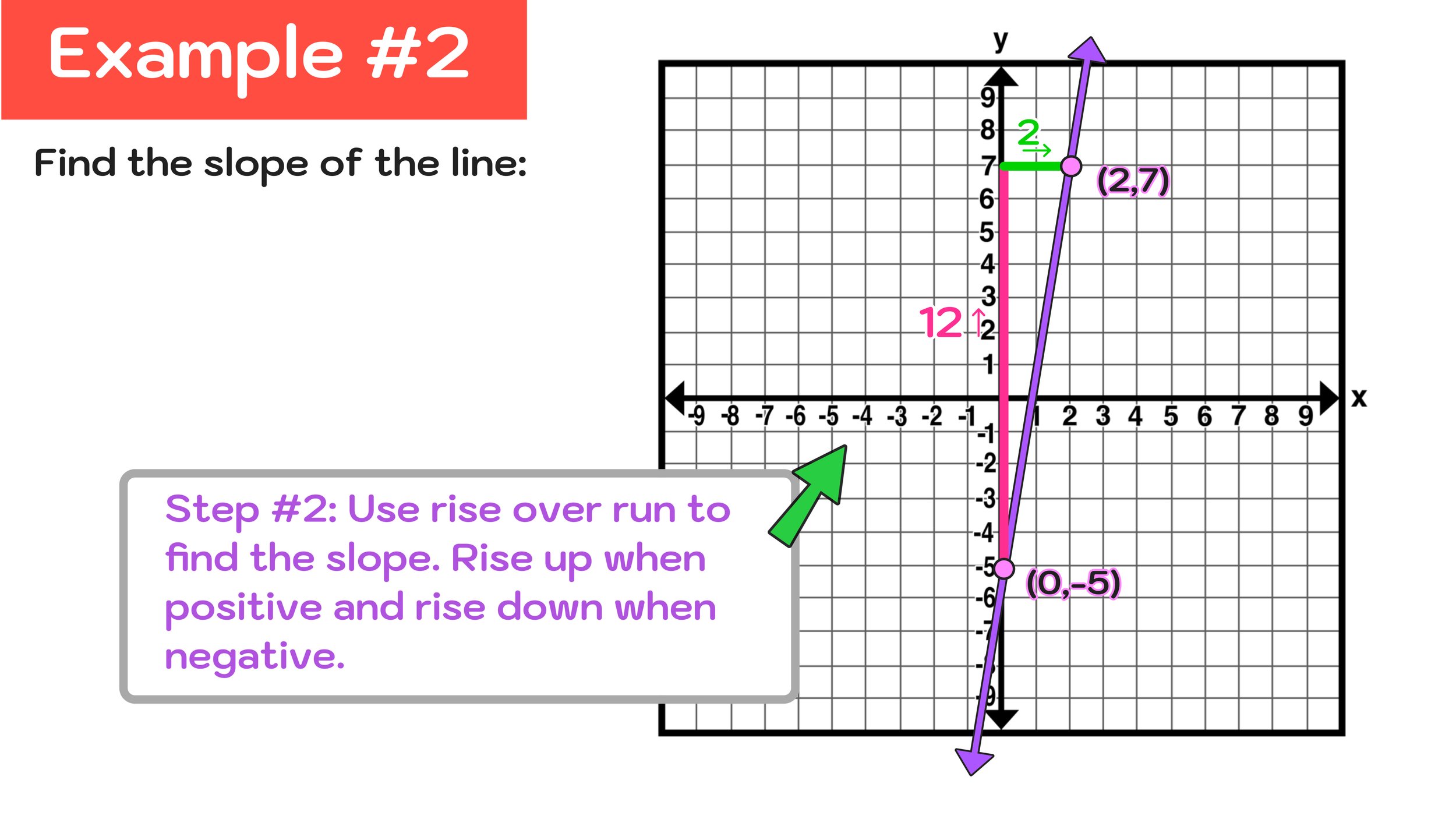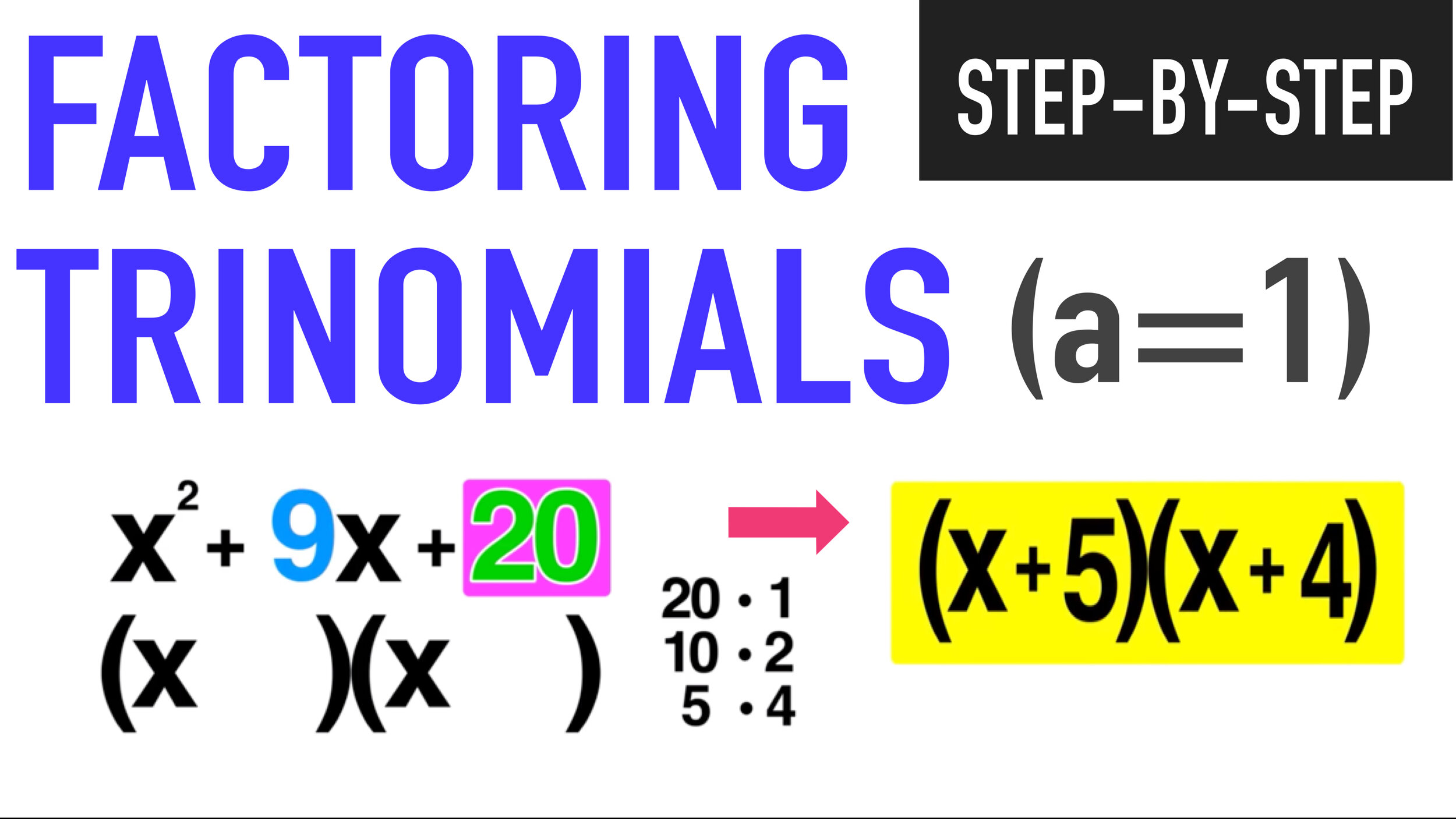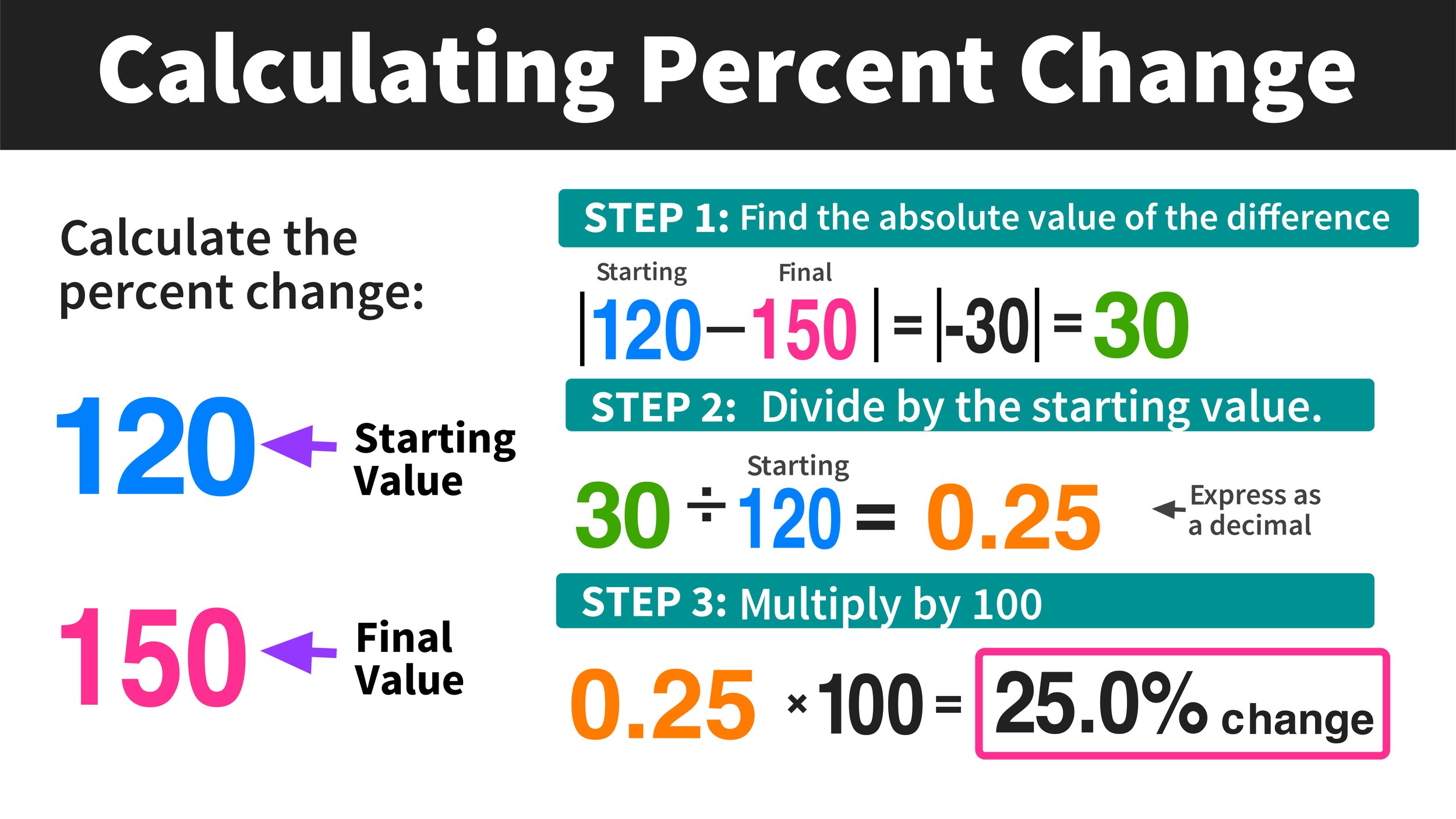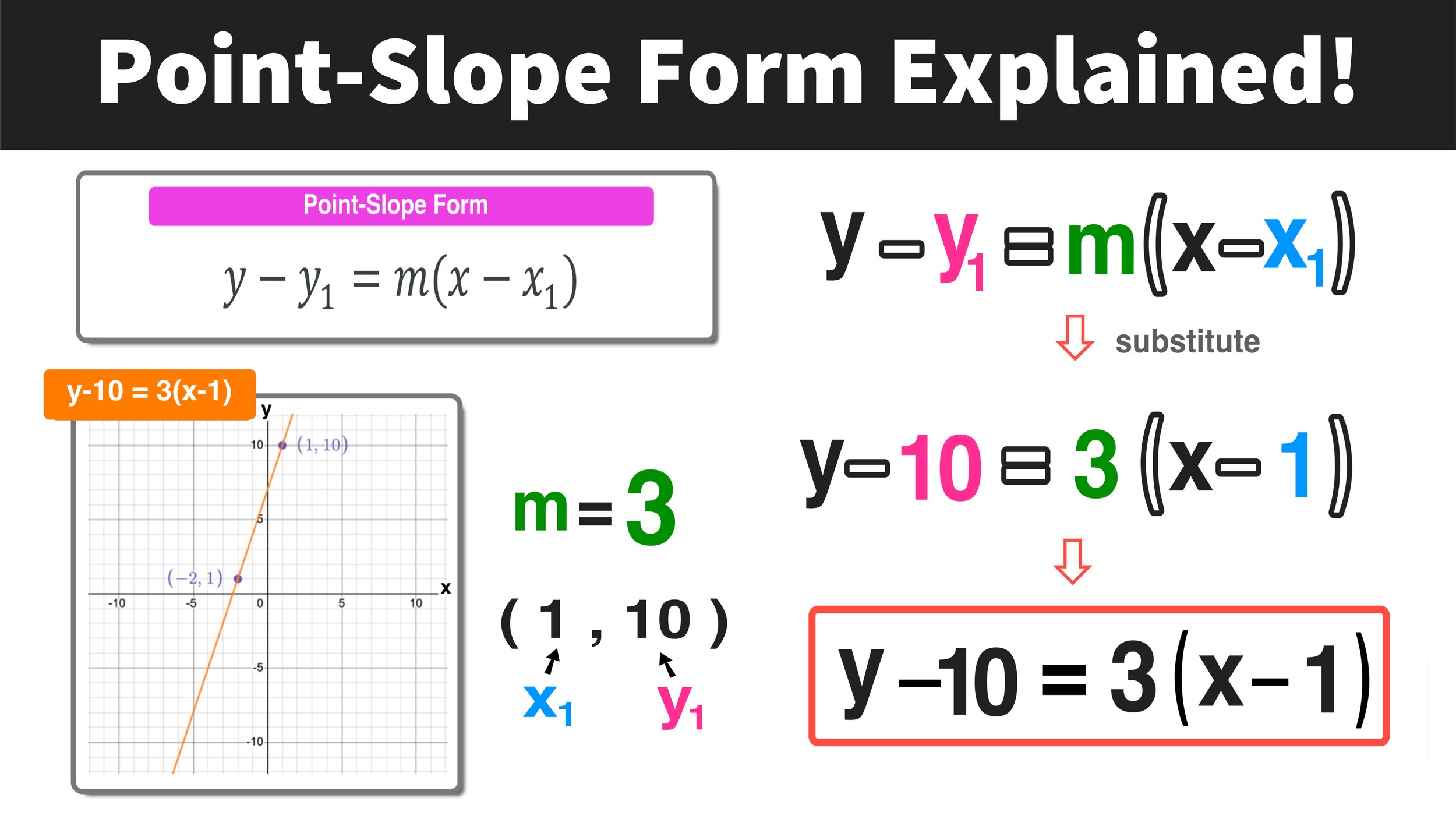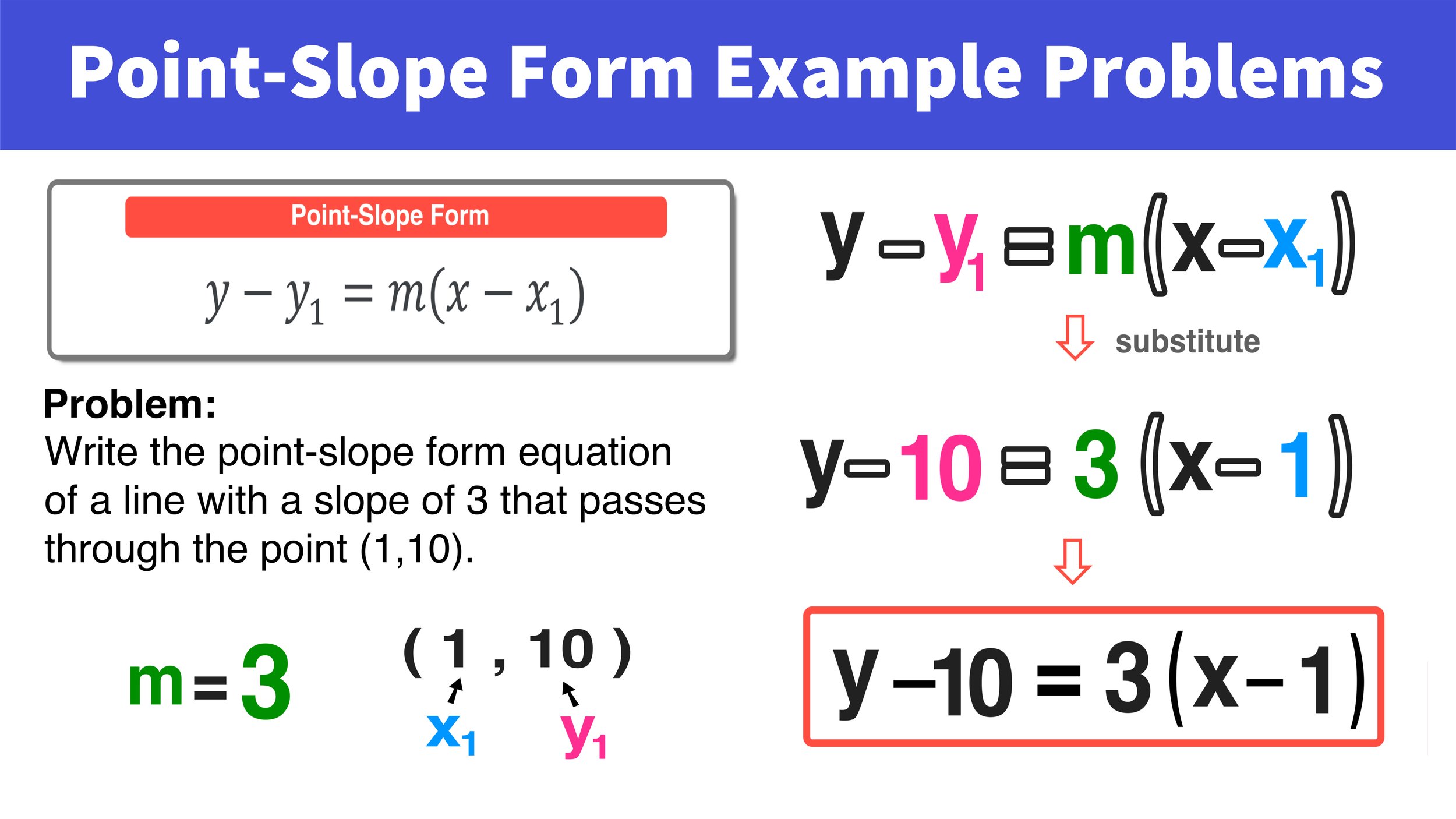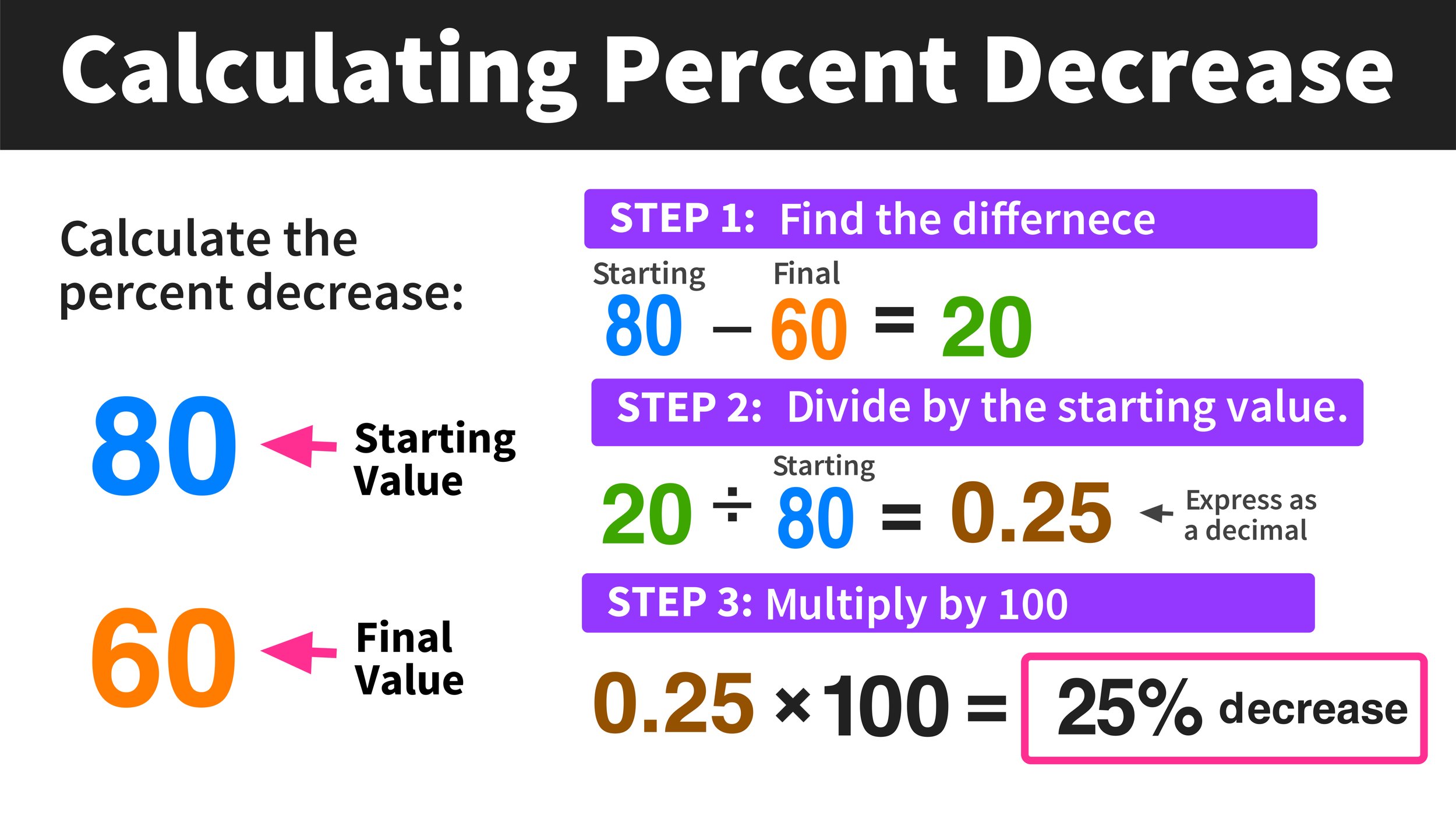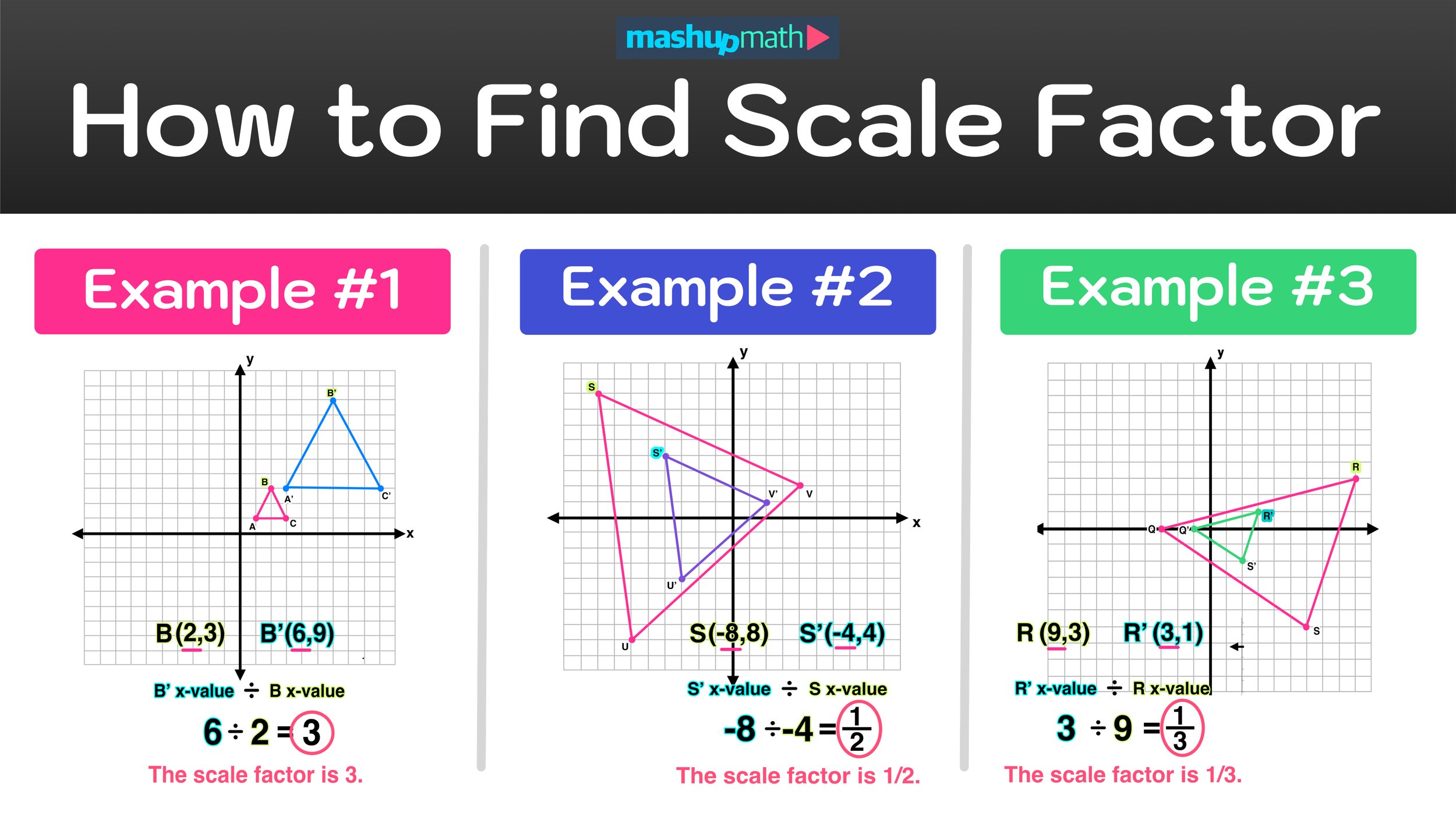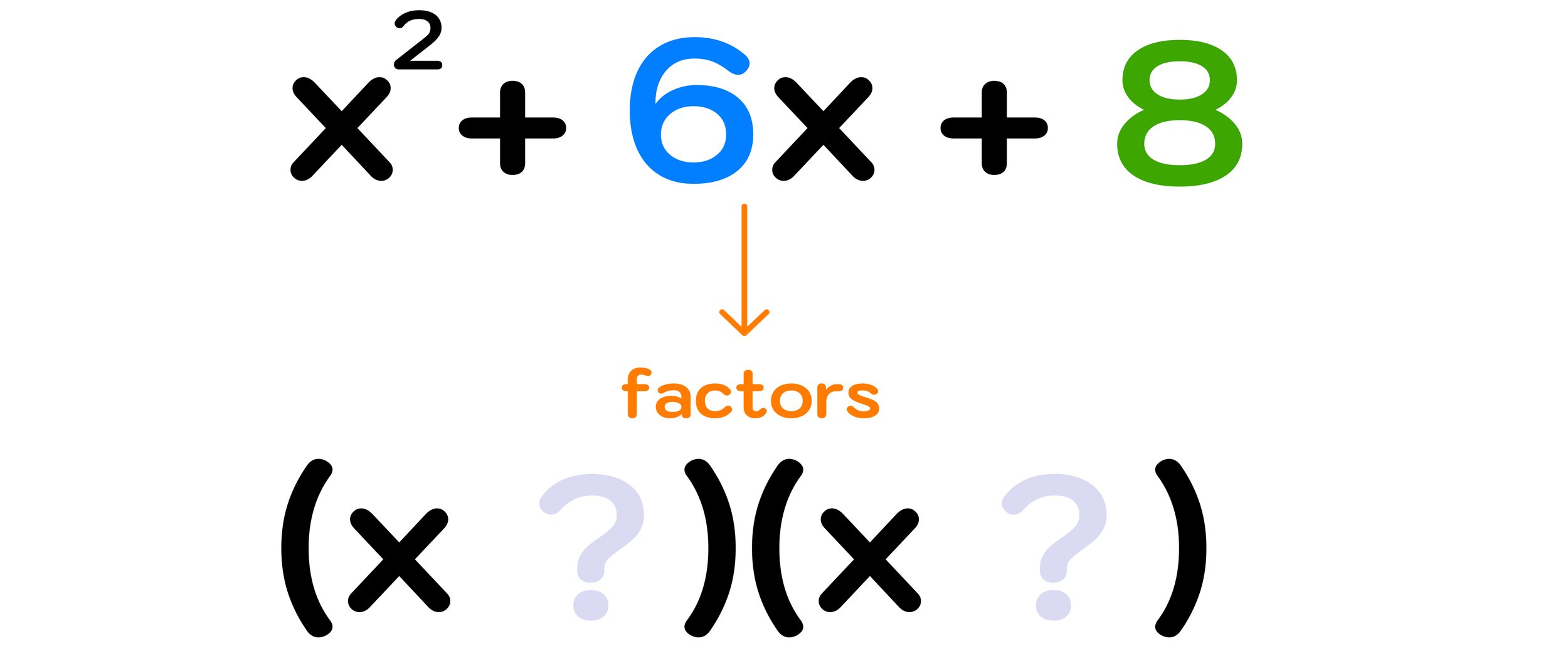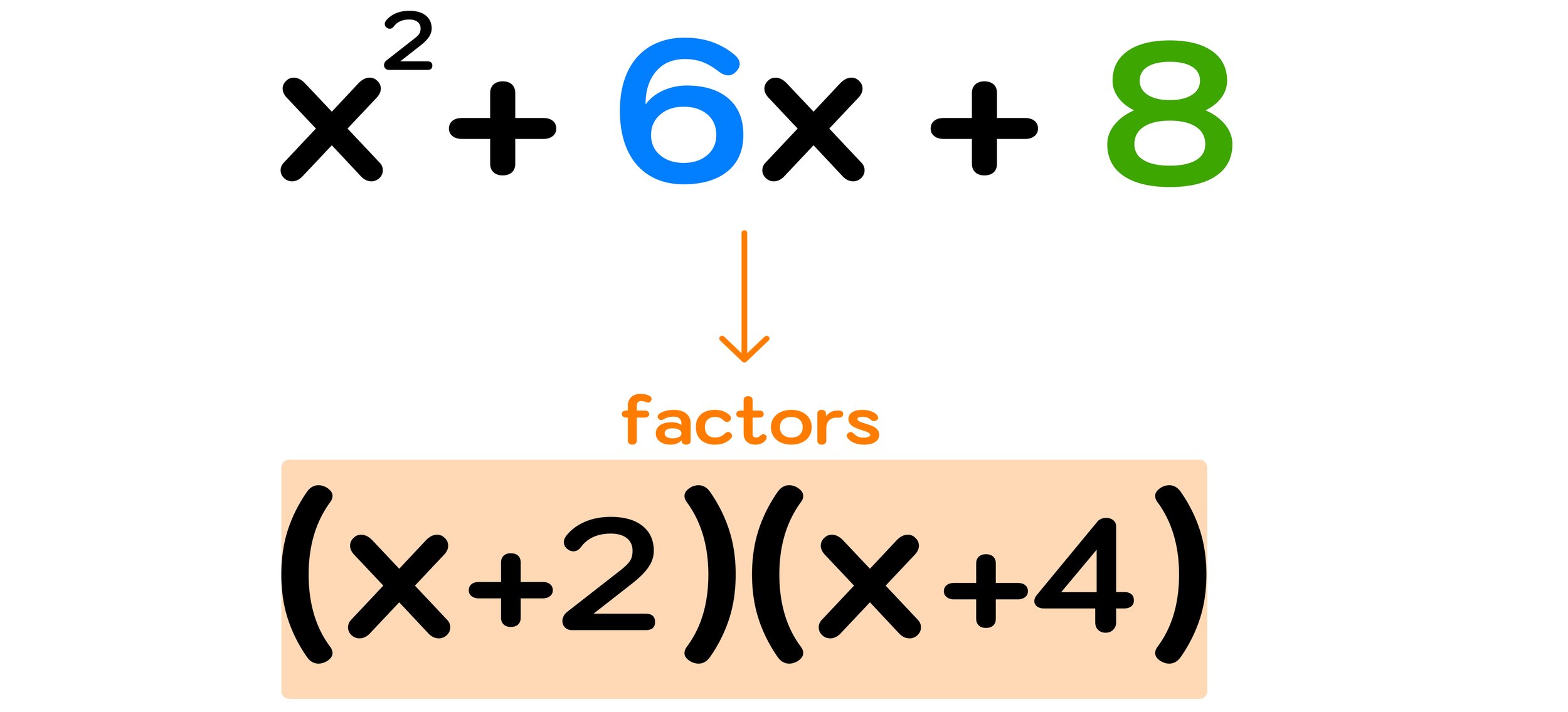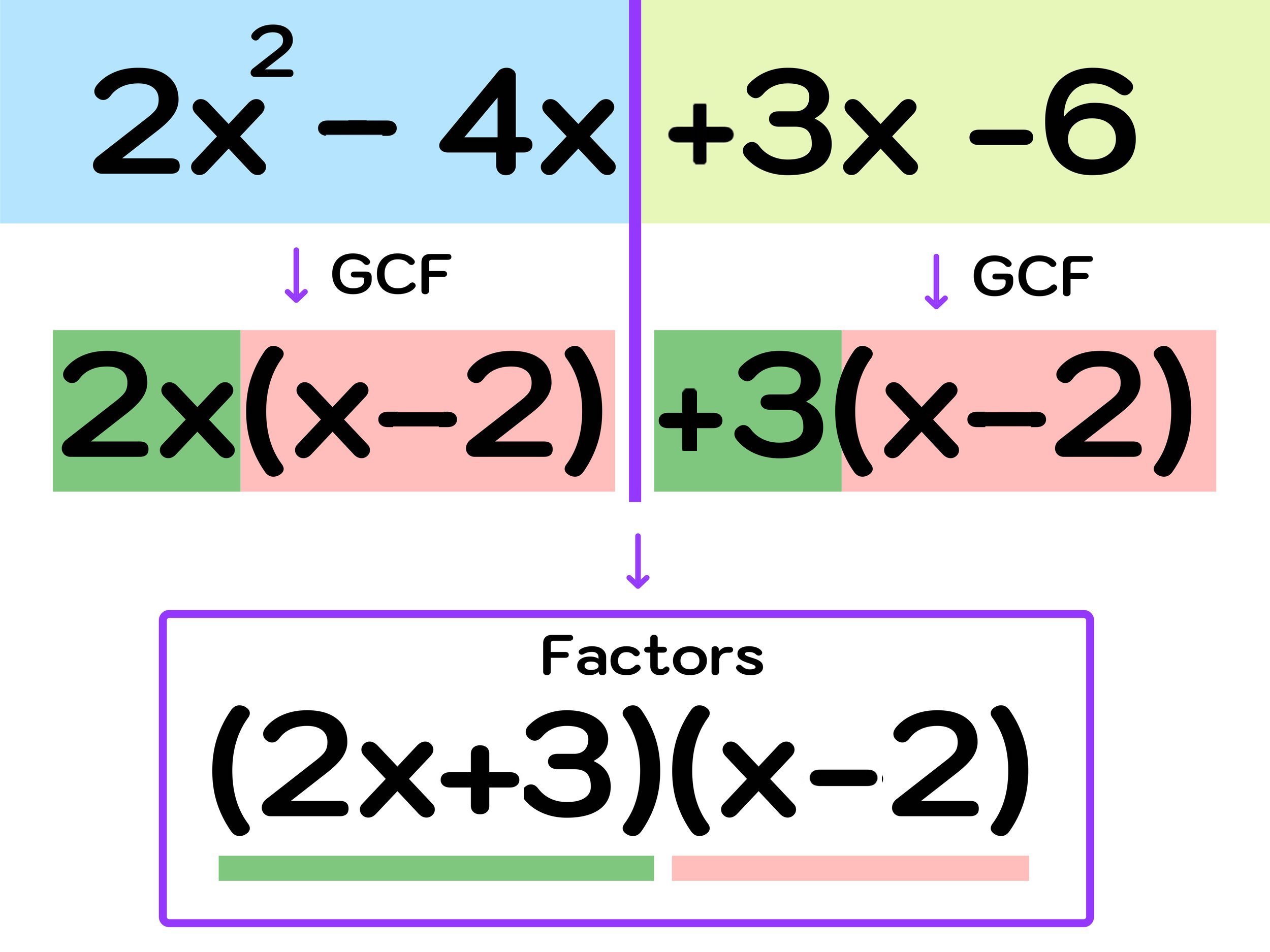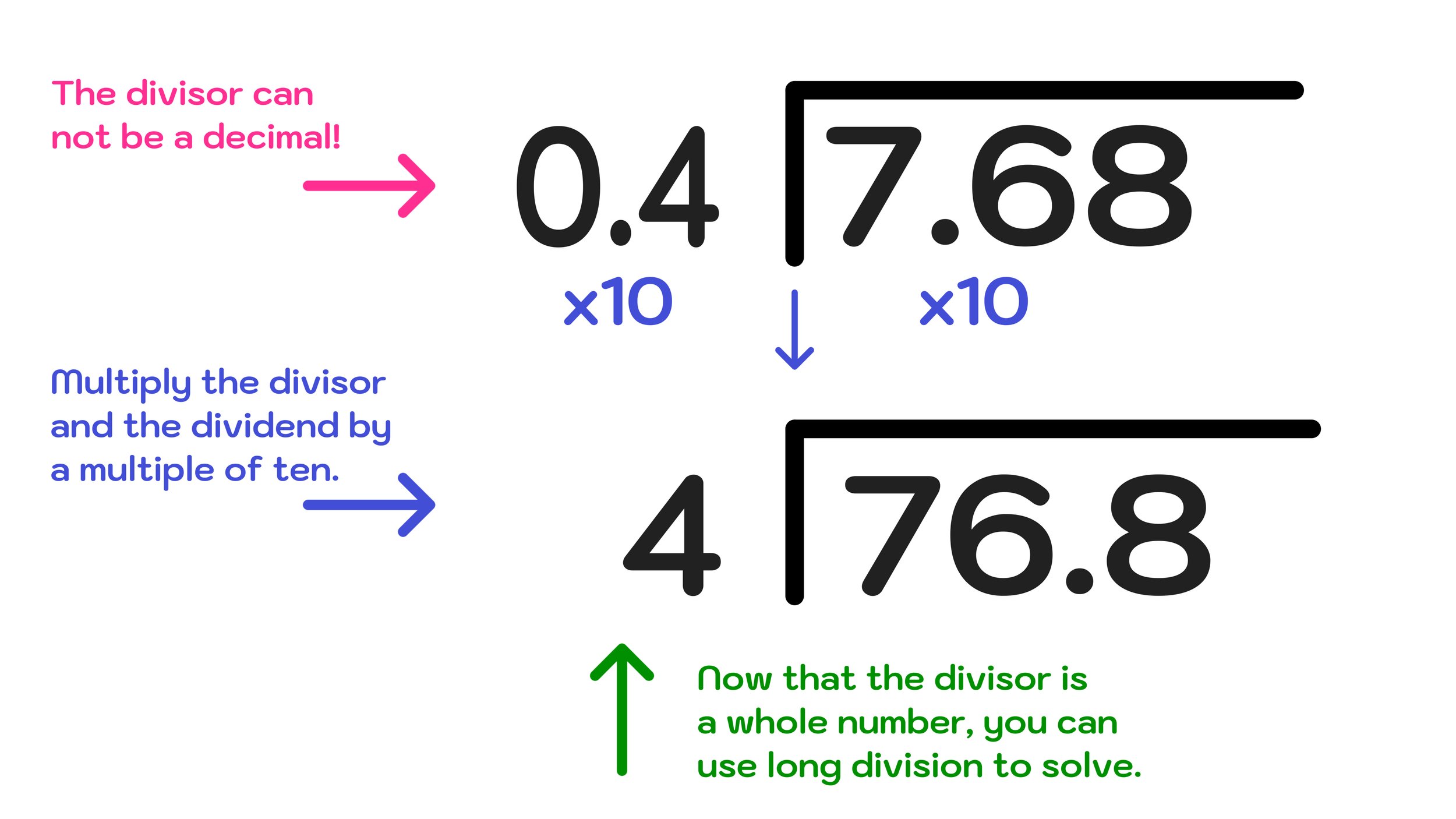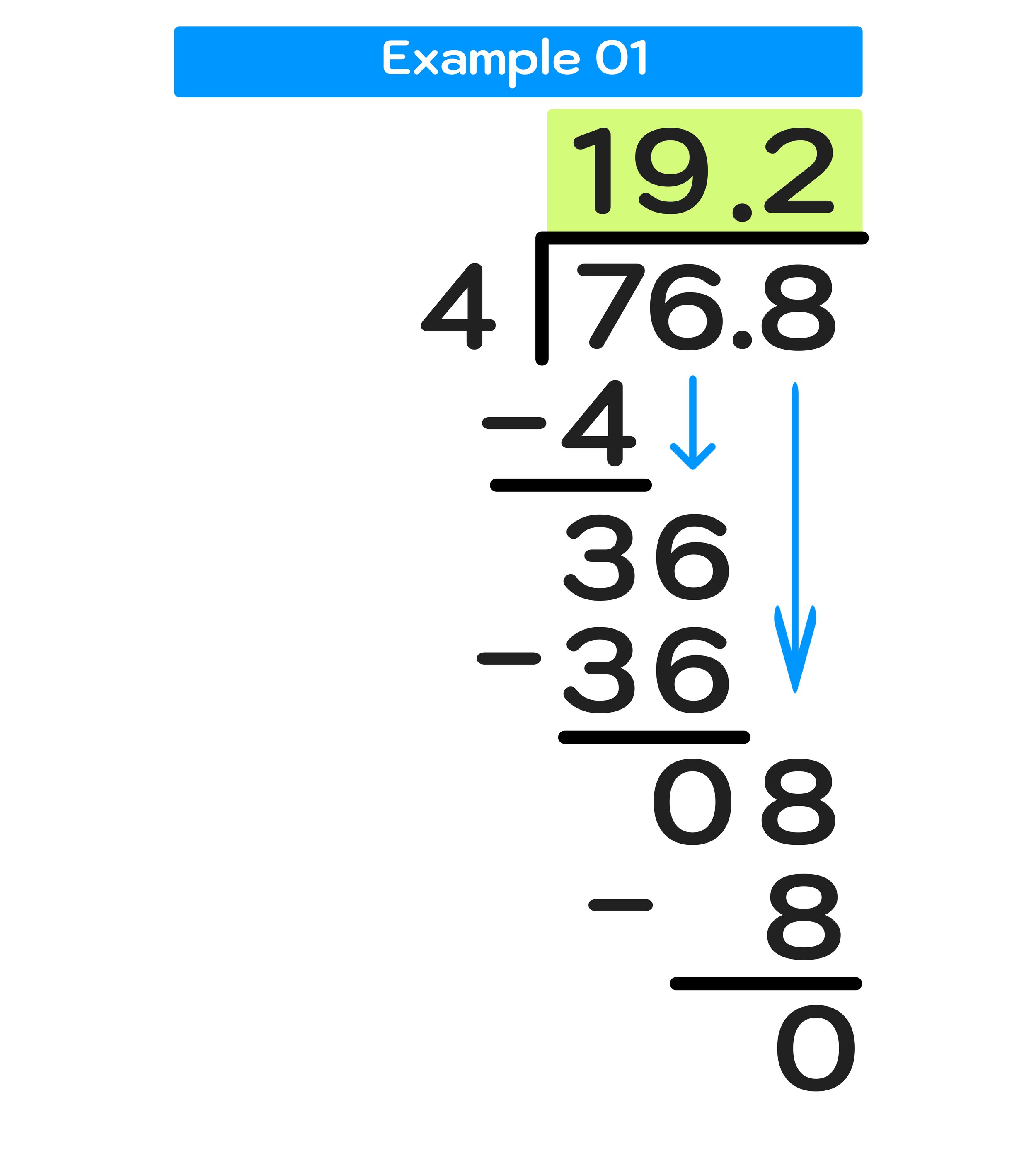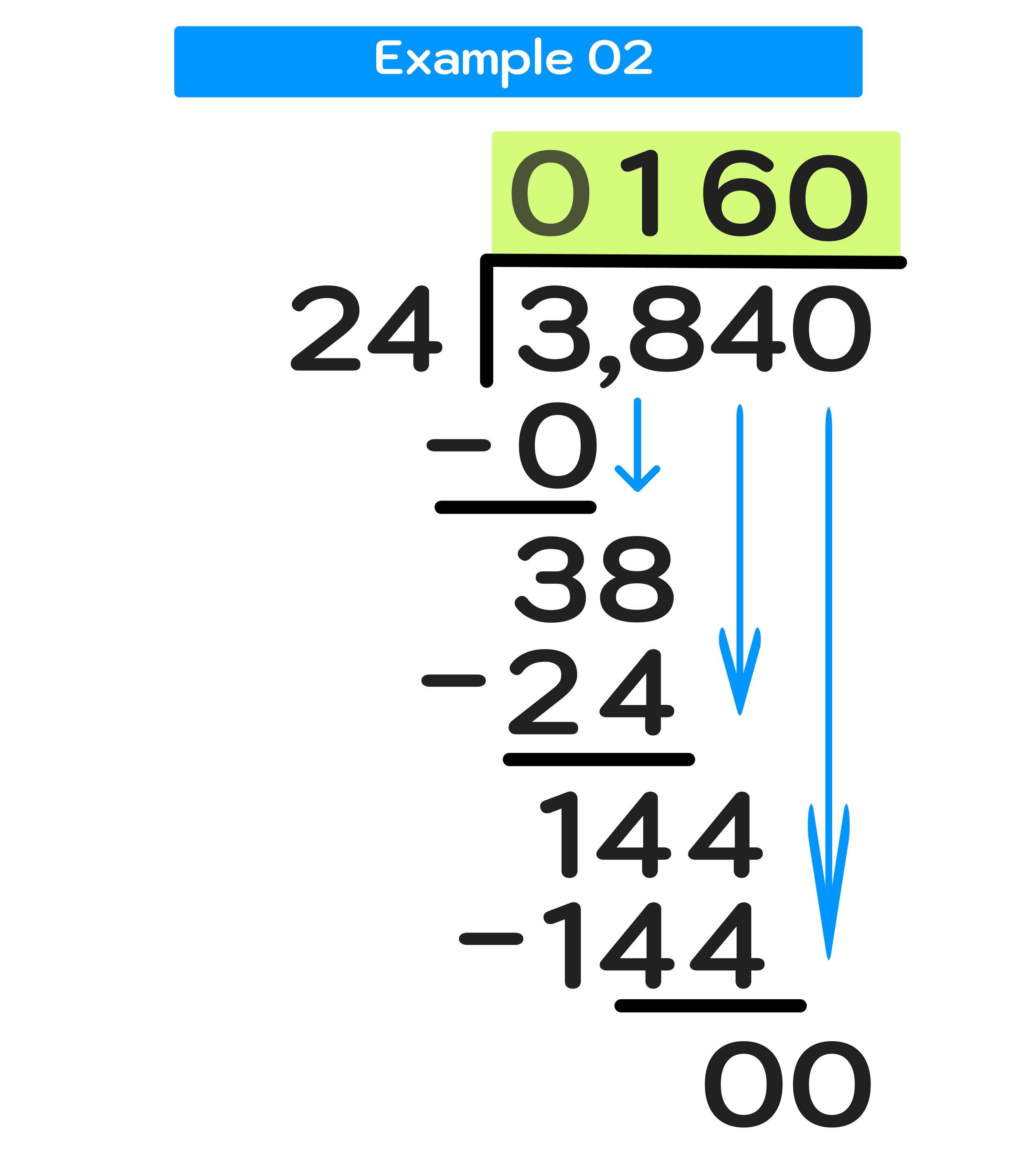How to Find Slope on a Graph
Step-by-Step Guide: How to Find a Slope on a Graph by Following 3 Simple Steps
In algebra, you will often be working with linear functions of the form y=mx+b where m represents the slope and b represents the y-intercept.
When it comes to dealing with these types of linear functions on the coordinate plane, you can find figure out the slope of the line simply by analyzing its graph. This particular skill will be the focus of the free step-by-step guide, where we will learn how to find slope on a graph using a simple 3 step strategy.
This free guide on How to Find a Slope on a Graph will teach you everything you need to know about finding the slope of a line on a graph and this skill can be used to solve any problem that requires you to find the slope of a linear function graphed on the coordinate plane.
This guide will cover the following topics/sections:
You can use the hyper-links above to jump to a particular section of this guide, or you can work through each section in order (this approach is highly recommended if you are learning this skill for the first time).
Are you ready to get started? Let’s begin with a quick review of slope.
Preview: In this guide, we will learn to use “rise over run” to find slope on a graph.
Quick Review—What is Slope?
Before we get into any examples of how to find a slope on a graph, it’s important that you understand the concept of slope and what it means.
Definition: The slope of a line refers to the direction and steepness of the line.
Slope is often expressed as a fraction where the numerator represents the vertical change (the change in y-position) and the denominator represents the horizontal change (the change in x-position). When a slope is a whole number, you can think of it as having a denominator of 1 (for example, a line with a slope of 4 actually has a slope of 4/1).
There are four types of slope:
Positive Slope ↗️: Lines that increase from left to right have a positive slope.
Negative Slope ↘️: Lines that decrease from left to right have a negative slope.
Zero Slope ↔️: Horizontal lines have a slope of zero.
Undefined Slope ↕️: Vertical lines have an undefined slope.
Since we will be dealing with finding slope on a graph in this guide, it is important that you are familiar with what these four kinds of slope look like. Before moving forward, take a close look Figure 01 below, which illustrates examples of these four kinds of slope.
Figure 01: There are four types of slope on a graph: positive, negative, zero, and undefined.
We often refer to slope in terms of “rise over run” where rise refers to the line’s vertical behavior and run refers to the line’s horizontal behavior.
In this guide, we will use “rise over run” to help us to find a slope on a graph.
So, how does “rise over run” work?
Let’s consider the graph in Figure 02 below.
Figure 02: How can we find the slope of the line y=2/3x+1 on the graph using rise over run?
First, we are given the graph of the line that represents the equation y=2/3x+1.
By looking at this graph, you can see that the line is increasing from left to right, so we know that the slope will be positive.
Also, notice that, in this case, we are given the equation of the line in y=mx+b form: y=2/3x+1, so we should already know that the slope will equal 2/3.
But, what if we just given the graph of the line without the equation? How then could we find the slope of the graph?
This is where rise over run comes into play. When you have a graph with at least two known points on the graph, you can use rise over run to “build a staircase” from one point to another to determine the slope of the line (i.e. find the fraction that represents the change in y-position over the change in x-position for the given line).
Figure 03 below illustrates how to use rise over run to build a staircase from point to point to find the slope of the line.
Figure 04: How to find slope of a line on a graph using rise over run.
Notice that our staircase consistently rises upwards two units and then runs 3 units to the right from point to point.
This tells us that the line has a slope of 2/3. And, since 2/3 can’t be simplified or reduced, we can conclude that the line on the graph has a slope of 2/3 (which is positive).
Note that not all slopes will be positive and it won’t always be the case that your resulting rise over run fraction can’t be simplified or reduced (we will see both occurrences in the examples ahead).
The key takeaways here are that:
There are four types of slope: positive, negative, zero, and undefined
Slope can be expressed as a fraction that represents “change in y” over “change in x”
We can rise over run to find the slope of a graph as long as we know at least two points on the graph
Now, let’s go ahead and work through some examples of how to find a slope on a graph using an easy 3 step strategy that utilizes rise over run.
Figure 05: Understanding the difference between positive slopes and negative slopes in reference to rise over run.
How to Find Slope on a Graph
Example #1: Find the Slope of the Graph
For the first example and all of the examples that follow, we will use the following 3-step strategy for how to find a slope on a graph:
Step #1: Select two coordinate points on the graph that have integer coordinates and plot them on the line clearly.
Step #2: Using rise over run, build a step that connects the two points to find the change in y and the change in x (i.e. the slope of the line).
Step #3: Express your answer as a fraction and simplify if possible.
Now, let’s go ahead and dive into this first practice problem where we are given a line and we are tasked with finding its slope.
Figure 06: Find the domain and range of the graph of y=x^2.
All that we are given is a line on the coordinate plane without any points or an equation. However, we can still determine the slope of the graph by applying our 3-steps as follows:
Step #1: Select two coordinate points on the graph that have integer coordinates and plot them on the line clearly.
To complete the first step, look for points where the graph intersects perfectly at a coordinate with integer coordinates (i.e. it crosses a point where four boxes meet). You can several options for this first example, but for this demonstration, we will choose the following points and plot them on the graph:
(-5,7) and (0,6)
In Figure 07 below, you can see how we plotted these two points on the line to complete Step #1.
Figure 07: How to Find Slope on a Graph: The first step is to find and plot two points on the line with integer coordinates.
Step #2: Using rise over run, build a step that connects the two points to find the change in y and the change in x (i.e. the slope of the line).
Now we are ready to apply rise over run to find the slope. Starting with the leftmost point, we have to build a step that will connect the two points.
Notice that this line is decreasing from left to right, which means that the line has a negative slope.
Whenever we have a negative slope like the one in this example, we will have to “rise down” when performing rise over run (i.e. move downwards vertically instead of upwards).
The process for completing Step #2 is shown in Figure 08 below.
Figure 08: Since this line has a negative slope (it decreases from left to right), our rise action was in a downwards vertical direction).
Using rise over run, we can see that this negative slope rises downwards 1 unit and to the right 5 units, so we can conclude that the slope is -1/5.
Step #3: Express your answer as a fraction and simplify if possible.
We now have a fraction that represents the slope of this line: m = -1/5.
Since this slope was negative, it needs to include the negative sign. Now, the last step is to check if the fraction -1/5 can be simplified or reduced. Since it can not be, we can conclude that:
Final Answer: The line has a slope of -1/5.
If we were to use this result to “continue the staircase,” we will see that rising down 1 unit and running to the right 5 units from any point on the line will land you on another point on the line (as shown in Figure 09 below).
Figure 09: The line has a slope of -1/5.
You can use the 3-step strategy that we used for Example #1 to solve any problem where you have to find slope on a graph without a given equation. Let’s gain more experience with the 3-steps by working through another practice problem.
Example #2: Find the Slope of the Graph
For our next example, we have to find the slope of a graph of a pretty steep line. Notice that this line is increasing from left to right, so the slope will be positive.
Figure 10: How to Find the Slope of a Line on a Graph
Step #1: Select two coordinate points on the graph that have integer coordinates and plot them on the line clearly.
For the first step, let’s go ahead and find two points with integer coordinates that the line passes through. For this practice problem, we will choose the following points on the line:
(0,-5) and (2,7)
Then go ahead and plot these points on the graph as shown in Figure 12 below:
Figure 12: To find the slope on a graph, start by plotting two points on the line that have integer coordinates.
Now that we have plotted our two points on the graph, we are ready for the next step.
Step #2: Using rise over run, build a step that connects the two points to find the change in y and the change in x (i.e. the slope of the line).
Next, we have to use rise over run and build a step that connects the two points so we can determine the slope.
Again, since this line is increasing from left to right, we know that the slope will be positive and that, unlike the last example where the slope was negative, we will have to “rise up” when performing rise over run.
Figure 13 below shows how we can use rise over run to get from (0,-5) to (2,7). You can see that the slope, in this case, is 12/2.
Figure 13: In this case, rise over run gives us a slope of 12/2, but can it be simplified?
After completing Step #2, we can see that the rise was 12 and the run was 2, so we conclude that our slope is: m = 12/2.
Is this our final answer? Let’s perform the third and final step to find out.
Step #3: Express your answer as a fraction and simplify if possible.
Although we have an answer in the form of a fraction, m=12/2, we should know that the fraction 12/2 can be simplified as 6/1 (or just 6).
To say that this line has a slope of 12/2 is not incorrect, but slopes of lines are typically expressed in reduced form.
If we apply our new slope of 6/1 to the point (0,-5) and build our staircase, we will see that the point (1,1) is also on the graph. And, if we continue from that point, we will end up at (2,7), which we know is also a point on the line.
The equivalent relationship between m=12/2 and m=6 is shown in Figure 14 below:
Figure 14: The slope 12/2 can be simplified as 6/1 or just 6.
Final Answer: The line has a slope of 6.
Are you starting to get the hang of it?
Let’s go ahead and take a look at another example.
Example #3: Find the Slope of the Graph
In this third example, let’s take a look at a horizontal line.
Figure 15: How to Find Slope on a Graph: Horizontal Lines
In our review of slope at the start of this guide, we shared that there are four kinds of slope: positive, negative, zero, and undefined.
In the case of horizontal lines, like the line shown on the graph in Figure 15 above, the slope will always be zero.
While we already know that the slope of this line is 0, let’s apply our 3-step method to see if this is actually true.
Step #1: Select two coordinate points on the graph that have integer coordinates and plot them on the line clearly.
You can pick any two points on the line. We will go with:
(-4,6) and (5,6)
These points have been plotted on the graph in Figure 16 below:
Figure 16: How to find a slope on a graph: zero slope
Step #2: Using rise over run, build a step that connects the two points to find the change in y and the change in x (i.e. the slope of the line).
Notice that we can not rise or nor rise down since the slope of this line is neither negative nor positive.
Figure 17 below shows how we can use rise over run to get from (-4,6) to (5,6). Since the rise is 0 and the run is 6, we can say that the line has a slope of 0/6.
Figure 17: Horizontal lines have a slope of zero.
Step #3: Express your answer as a fraction and simplify if possible.
After completing Step #2, we know that the rise over run is 0/9, and we also know that 0 divided by 9 is just equal to 0 and we can conclude that:
Final Answer: The line has a slope of 0.
Conclusion: How to Find a Slope on a Graph
The slope of a line refers to the direction and steepness of that line and there are four types of slopes:
Positive Slope ↗️
Negative Slope ↘️
Zero Slope ↔️
Undefined Slope ↕️
You can find the slope on a graph of a line by using the rise over run approach and by following the following 3-step strategy:
Step #1: Select two coordinate points on the graph that have integer coordinates and plot them on the line clearly.
Step #2: Using rise over run, build a step that connects the two points to find the change in y and the change in x (i.e. the slope of the line).
Step #3: Express your answer as a fraction and simplify if possible.
You can use these 3 steps to find the slope of any line on a graph, so make sure that you are comfortable using them before moving on. If you feel like you need more help, we recommend going back and working through the practice problems again!
Keep Learning:
How to Find Slope Using the Slope Formula
Your simple step-by-step guide to the formula for slope and how to use it to solve problems.












